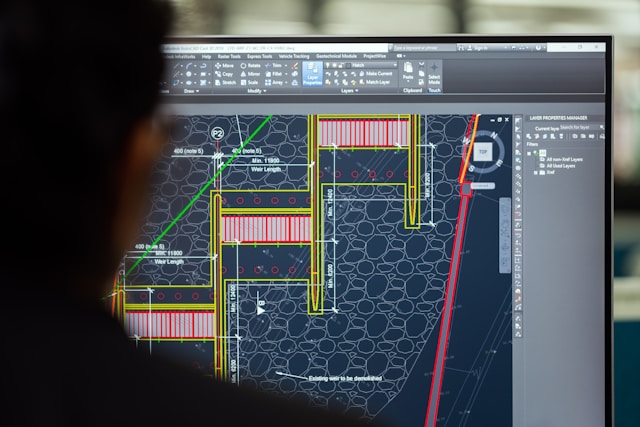Quality assurance and thorough testing have always been key in software releases and updates, but their importance has grown in today’s increasingly digital world. It’s not just about ensuring everything functions correctly and fixing bugs, though that’s crucial.
Emerging trends in software testing and quality assurance now address a wide range of factors, adapting to a quickly changing cybersecurity landscape, focusing on sustainability, and honing in on the needs of end users. Here are the top trends in software testing.
Scriptless Test Automation
As web development expands, test automation is capturing significant attention. Manual testing is often too slow and may even become obsolete given the market’s demands. Recently, many companies worldwide are adopting scriptless automation for software quality testing. This approach enhances QA testing scalability and allows developers and testers to run tests automatically without coding issues.
Gartner predicted that by 2023, 40% of large enterprises will utilize AI-augmented automation to boost productivity. By implementing this technique, IT firms are now achieving faster outcomes, reducing the time needed to bring a software product to market.

Performance Engineering
Creating high-end software is a goal pursued by all companies. However, reaching this goal demands attention to usability, cybersecurity, business value, and technology stacks. Balancing these with user experience and market demand can be time-consuming. Nowadays, having a team of dedicated software QA testers allows you to swiftly minimize bugs and bottlenecks early in the process.
Performance engineering is an alternative to traditional performance testing norms, mainly focusing on MVPs or completed applications. You can always enroll in an online masters of computer science to improve your software engineering skills and keep up with the latest trends and techniques.
Integrated Manual and Automated Testing
Automation allows you to save significant time and achieve superior results when managing large-scale tasks, while manual testing helps prevent mistakes in automated systems. Several facets of software testing and quality assurance can only be managed through manual testing. Although automation offers speed and efficiency, manual testing adds crucial elements like user experience, usability, and design considerations.
According to Global App Testing, only 5% of businesses fully rely on automated testing. Meanwhile, 73% aim for a balanced approach, targeting either a 50:50 or 25:75 ratio, and about 14% seek to completely phase out manual testing.
Shift Left Testing
Shift-left testing involves starting the testing process earlier in the software development life cycle. Traditionally, requirements are set at the beginning (or left side), while delivery and testing occur later (or on the right side). This conventional approach often
- Delays bug detection
- Increases costs
- Lengthens timelines
Shift-left testing encourages proactive collaboration among software development teams, ensuring that initial ideas are viable and well-executed. This method supports faster product release and optimal outcomes by enabling QA to work closely with development and product teams. Shift-left testing helps maintain high code quality and reduces time and expenses by identifying bugs early in the SDLC.
Testing Performance for Post-Quantum Cryptography
Performance testing is expected to cover many areas, including ensuring smooth network performance for post-quantum cryptography applications. Toward the end of last year, Microsoft issued a warning that alarmed cybersecurity professionals, stating that cyber threats now exist where quantum computing could potentially compromise traditional cryptographic methods. This has led to the development of post-quantum cryptography protocols.
While these protocols are valuable in defending against cyber threats, there are concerns about their impact on network performance and customer experience. Consequently, performance testing is becoming increasingly important to optimize the integration of post-quantum cryptography, making it more practical and effective.
Selenium Testing
Software companies implementing DevOps and Agile methodologies should utilize test automation with various software quality testing tools to speed up releases. This approach enables quicker product launches.
Selenium is a popular tool for this purpose. Known for its lightweight design and developer-friendly interface, Selenium is extensively used for automating web applications. Additionally, Selenium offers a playback feature for creating functional tests without the need to learn the test script language or use the Selenium IDE.
Endnote
The future of software testing looks promising, fueled by new trends and technologies poised to transform how organizations ensure the quality and reliability of their products. Organizations can produce outstanding software products that fulfill user needs and expectations in an increasingly digital landscape by adopting and integrating these innovations into their testing strategies.

